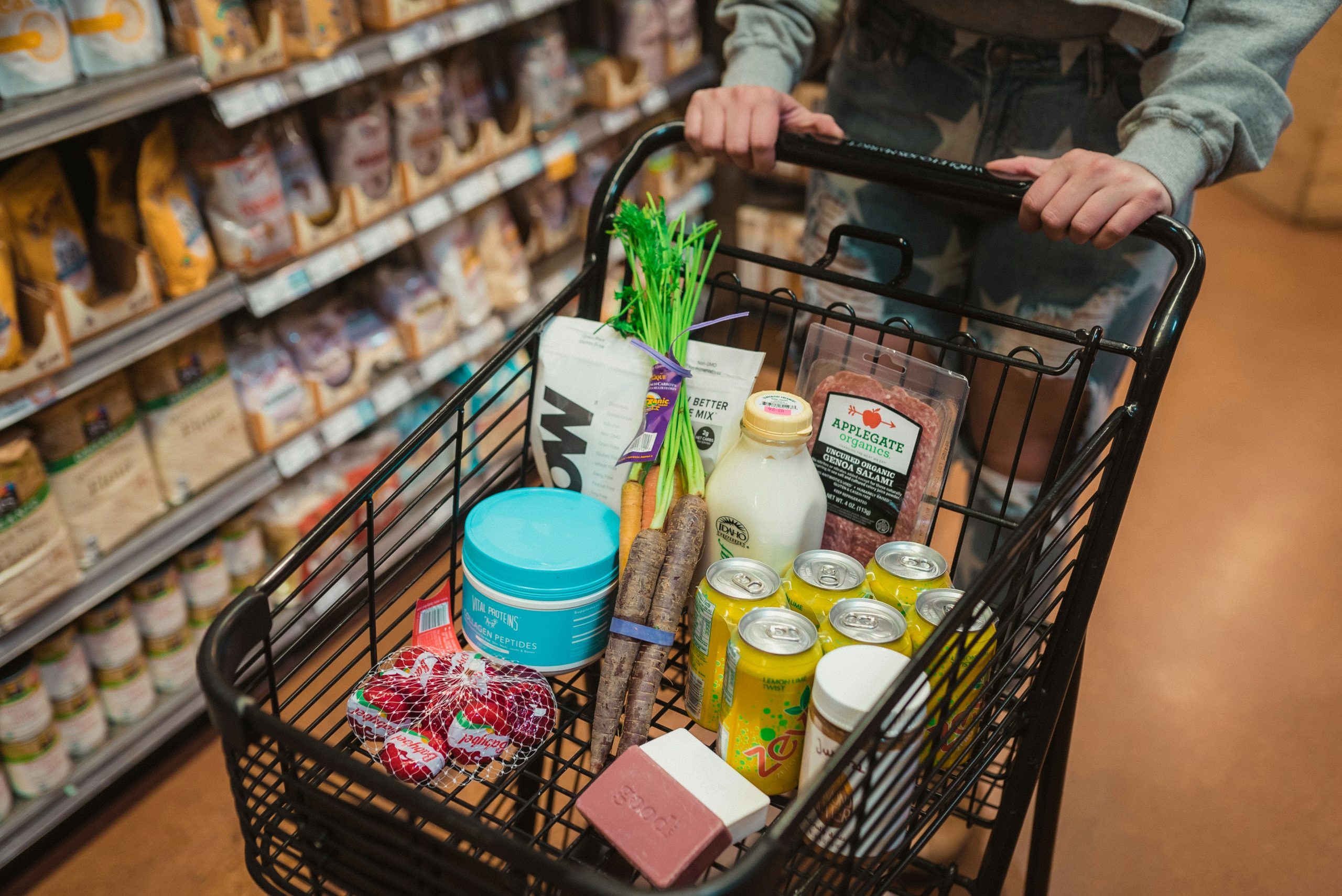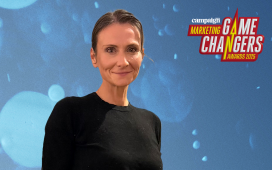
UAE consumers continued their strong spending habits in the second quarter of 2024, increasing their investment in fast-moving consumer goods (FMCG) – including household items and personal care products -compared to the same period in the previous year.
Consumers also increased investment in technology and durable goods, reflecting growing consumer confidence, rising disposable income of its residents, and highlighting the country’s robust retail market.
According to the latest insights from the NielsenIQ (NIQ) Retail Spend Barometer, powered by GfK intelligence, UAE shoppers spent a total of $2.3 billion on FMCG and $1.5 billion on tech and durable products in Q2 2024, marking a 4 per cent and 2.6 per cent uplift respectively compared to the same period last year.
This collectively amounted to a substantial $3.8 billion in investment into FMCG, technology, and durable goods, showcasing a 3.4 per cent cumulative rise in Q2 2024 compared to the same period last year.
Roshni Sheth, NIQ Retail Lead, Middle East, said, “This positive spending trend is indicative of the UAE’s resilient economy and the confidence of its consumers. As the country continues to attract foreign investment and foster innovation, the retail sector is poised for further growth and expansion”.
The slow quarter-on-quarter (QoQ) growth in consumer spending in 2024, however, has been attributed to several factors. Key events such as the Dubai Shopping Festival, Pre-Ramadan and Ramadan Sales, and the launch of the Samsung Galaxy S24 in January 2024 significantly impacted consumer spending in the first quarter. The subsequent slump in the second quarter is a typical trend observed following the Ramadan period. Additionally, the summer months and holiday season affected tourism, impacting retail sales compared to Q1, the report stated.
The market’s flat growth in Q2 2024 can also be attributed to the exceptionally strong performance in Q1 2024. After a period of intense demand, particularly for items like consumer electronics, information technology and gaming, the market has reached a more stable phase.
The demand for the consumer electronics sector has stabilised and is expected to recover more significantly by 2026-2027, the report stated. The expected recovery by 2026-2027 indicates that the industry is adjusting to a new normal, where growth rates might be more modest compared to the pandemic-induced spikes.
In Q1, the FMCG growth rate dropped significantly from 9.4 per cent in 2023 to 3.5 per cent in 2024. This decline could be attributed to several factors such as changes in consumer behavior, economic conditions. However, in Q2, the growth rate improved, rising from 2.3 per cent in 2023 to 4 per cent in 2024. This rebound might suggest a recovery or a positive shift in market dynamics, such as successful marketing campaigns, new product launches, or seasonal effects.
Across the tech and durable category, Q1 experienced a growth increase, with the growth rate rising from 9.4 per cent in 2023 to 11 per cent in 2024. This suggests a strong start to 2024 for the sector, possibly due to high consumer demand, successful product innovations, or other positive market factors. Q2, however, saw a significant decline in growth, dropping from 10.6 per cent in 2023 to just 2.6 per cent in 2024. This sharp decrease could be due to various reasons, such as market saturation, supply chain issues, declining consumer confidence.









